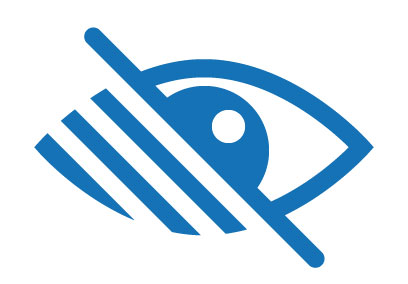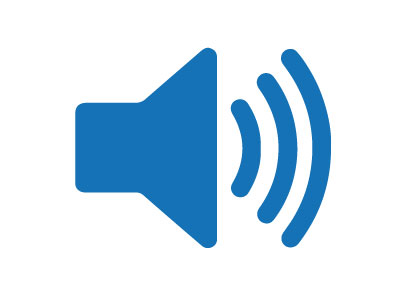Accessability
Be forward thinking
Design with Accessibility in mind.


It's the right thing to do
Providing access for visitors with visual, auditory, and other challenges should be an integral part of web design rather than an afterthought.
The Web can present barriers to individuals with visual, auditory, physical, and neorological disabilities.
The Web Accessability Initiative (WAI), is a major area of work by the W3C. It has developed recommendations for web content developers, web authoring tool developers, web browser developers, and developers of other user agents to facilitate use of the Web by those with special needs.
The Americans with Disabilities Act (ADA) of 1990 is a federal civil rights law that prohibits discrimination against people with disabilities. The ADA requires that business, federal, and state services are accessible to individuals with disabilities. A 1996 Deartment of Justice ruling indicated that ADA accessibility requirements apply to Internet resources.
1998 Amendment requires that US givernment agencies give individuals with disabilities access to information technology that is comparable to the access available to others. This law requires developers creating information technology for use by the federal government to provide for accessability
The Federal IT Accessibility Initiative provides accessibility requirement resources for information technology developers.


Providing access for visitors with visual, auditory, and other challenges should be an integral part of web design rather than an afterthought.
<abbr> |
Abbreviation |
<acronym> |
Acronym |
<address> |
Address for author(s) of the document |
<article> |
Defines an article |
<aside> |
Content aside from the page content |
<blockquote> |
Long quotation |
<cite> |
Citation |
<code> |
Code reference |
<del> |
Deleted text |
<details> |
Additional details that the user can view or hide |
<dfn> |
Definition |
<div> |
Logical division |
<em> |
Emphasis |
<figcaption> |
Defines a caption for a <figure> element |
<figure> |
Self-contained content |
<footer> |
Footer for a document or section |
<h1> |
First-level headline |
<h2> |
Second-level headline |
<h3> |
Third-level headline |
<h4> |
Fourth-level headline |
<h5> |
Fifth-level headline |
<h6> |
Sixth-level headline |
<header> |
header for a document or section |
<hr> |
Thematic break |
<ins> |
Inserted text |
<kbd> |
Text to be entered by the user |
<main> |
main content of a document |
<mark> |
marked/highlighted text |
<nav> |
navigation links |
<pre> |
Pre-formatted text |
<q> |
Short inline quotation |
<section> |
section in a document |
<strong> |
Strong emphasis |
<samp> |
Sample output |
<span> |
Generic inline style container |
<sub> |
Subscript |
<summary> |
visible heading for a <details>element |
<sup> |
Superscript |
<time> |
Defines a date/time |
<tt> |
Teletype text |
<var> |
Variable or user defined text |